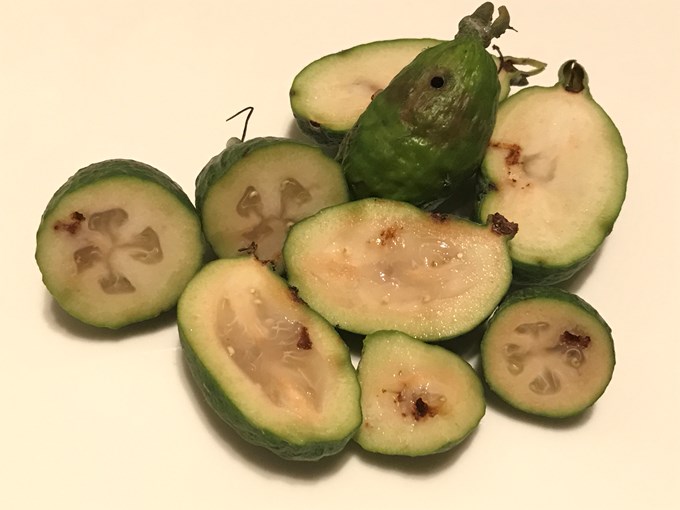More Aucklanders are starting to notice guava moths causing problems in their fruit trees. The guava moth is well established in Northland and has made its way south to Auckland over the past few years.
The pest damages a wide range of produce including feijoas, guavas, macadamia nuts, stone fruits and citrus. Female moths lay their eggs on the fruit, and upon hatching larvae drill into the flesh, causing significant damage and loss.
How to identify the guava moth
You can identify the presence of guava moths by small entry holes in the skin of the fruit, along with tunnels and larvae inside the fruit. Infestation may also make the fruit appear bruised and cause it to drop early.

Guava moths are speckled black and white with a wingspan of approximately 15mm, while larvae are pink and can grow up to 8mm long.
Tips for controlling the guava moth population
- Wrap the fruit in fine weave mesh and tape it to the branch to prevent the female moth laying eggs on the fruit. This should be done when the fruit is green but just about to ripen. Whole trees can be covered if they are small enough.
- Purchase a pheromone trap, which works by replicating the pheromones produced by female moths in order to catch male moths. This may reduce the extent of infestations. Solar traps can also be used. Check with your local garden centre to see if they stock either of these.
- Remove rotting fruit from the ground and mow regularly beneath fruit trees. This is effective because the moths pupate in the leaf litter and fruit pulp. Avoid composting fallen fruit as the moths can complete their lifecycle in some compost systems.


